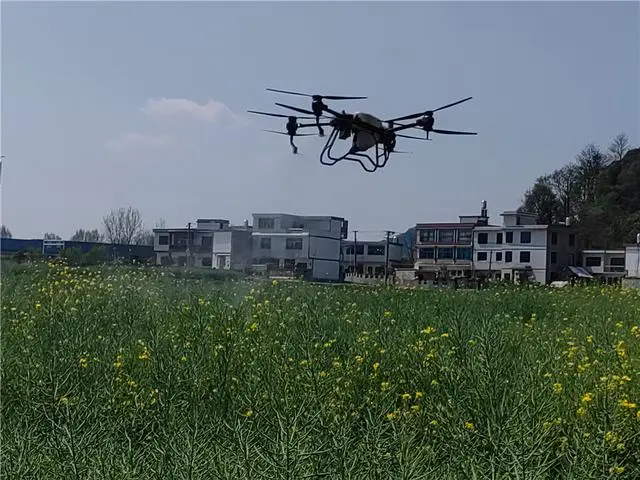In 1980, in The Third Wave, Alvin Toffler described the latest changes in science and technology and society, as well as the future prospect under the historical coordinate. In his view, the emerging industries of the future will be based on the “commanding heights” of economic development such as computers, electronics, information, and biotechnology, giving birth to new ways of production, work, and life.
China is also fully pursuing the digital wave. At present, China has built the world’s largest 5G network, and emerging technologies such as AI, cloud computing, big data, and quantum information rank first in the world; The huge application market has also brought about significant transformation effects, and key industries such as industrial manufacturing, retail, agriculture, transportation, logistics, energy, etc. are embracing widespread innovation.
As the foundation of China’s founding, the development of agriculture touches people’s hearts. With the application of digital technology and intelligent devices, China’s agriculture is also ushering in new possibilities.
The key to agricultural plant protection drones is the introduction of ultra-low capacity pesticide application technology, which allows droplets to adhere to the leaves, front and back surfaces, while reducing pesticide usage. From the perspective of temperature and humidity, night is the most suitable time for pesticide application. Therefore, overall, low capacity pesticide application technology combined with drones has achieved efficiency and intelligence. “He Xiongkui continued. In China, the flight platform and control system of plant protection drones have developed to a certain extent, and related technologies have reached a world leading level. Moreover, the cost of domestic products is far lower than that of countries such as Japan. With a series of domestic policies and other incentives, this is a good turning overtaking opportunity. Of course, there is still room for continuous efforts in the process of agricultural mechanization and intelligence.
Promoting the use of agricultural machinery in hilly and mountainous areas is also the next key focus of national agricultural mechanization. In 2021, the “14th Five Year Plan for the Development of National Agricultural Mechanization” proposed that by 2025, the comprehensive mechanization rate of crop cultivation and harvest in counties (cities, districts) in hilly and mountainous areas will reach 55%; The Notice of the Ministry of Agriculture and Rural Affairs and the Ministry of Finance on Implementing Agricultural Production Development and Other Projects in 2022 also mentions that the subsidy policy for agricultural machinery will focus on promoting the development of “one large and one small” agricultural machinery equipment such as large-scale agricultural machinery and hilly and mountainous agricultural machinery.







Please sign in to comment
register